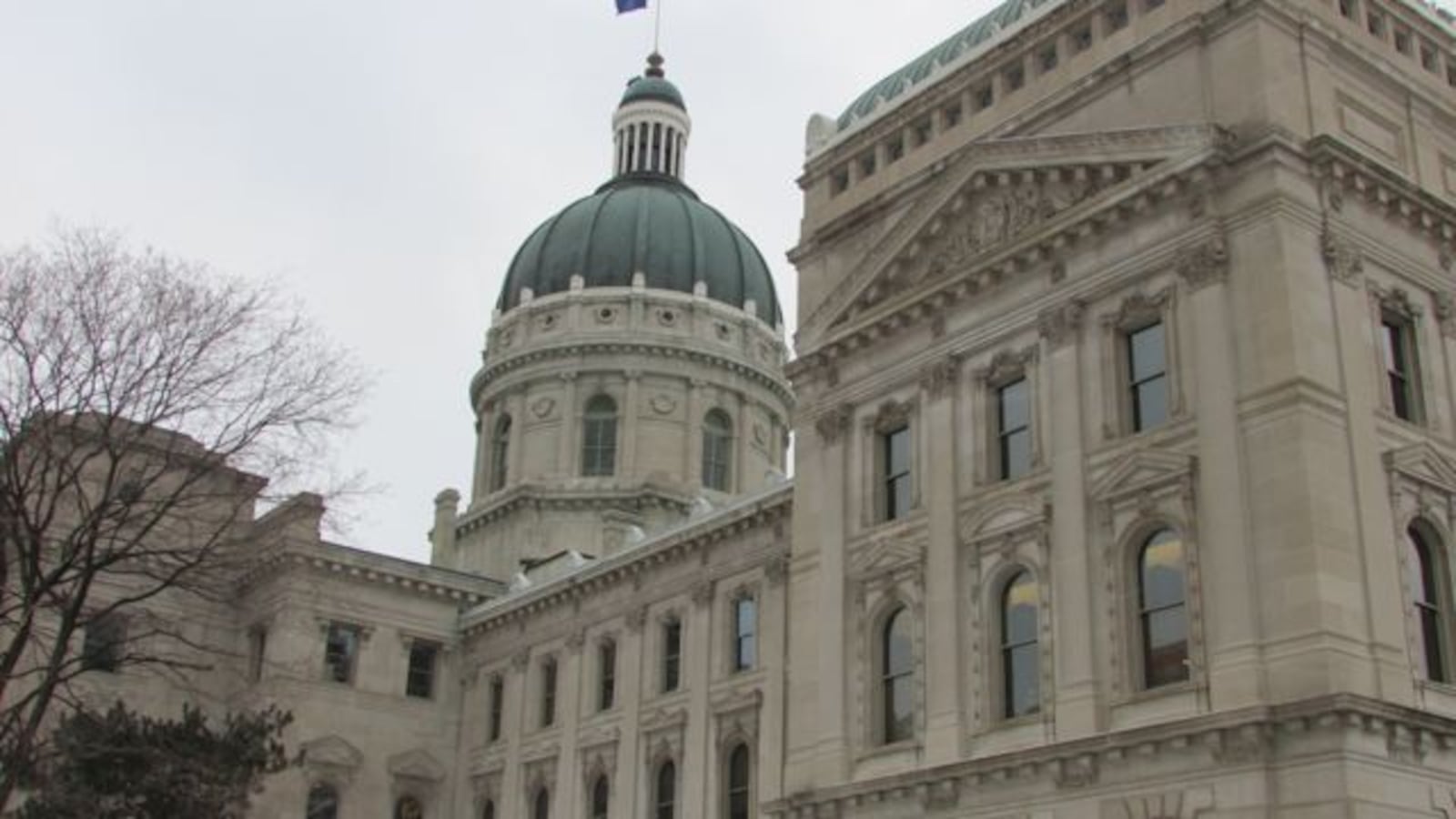The evidence is adding up: The Great Recession did real damage to student learning.
New research suggests that when states cut funding in the wake of the economic downturn that began a decade ago, test scores and graduation rates both dropped. Those findings come on the heels of another study that found that being in school during the recession hurt students’ reading and math test scores.
The latest analysis, conducted by three Northwestern University researchers, found that the impact of the spending cuts was substantial. Cutting per-student spending by 10 percent throughout a student’s high-school years reduced their likelihood of graduating by nearly 3 percentage points.
Ten states saw overall spending decline by that much or more for four consecutive years since 2008. Other states saw drops that were less severe, particularly because federal spending spiked due to the stimulus. By 2011, total education spending nationwide had fallen by about 4 percent.
Those spending cuts also led to lower scores on the federal NAEP test, according to researchers Kirabo Jackson, Cora Wigger, and Heyu Xiong.
It’s just the latest study showing that students can benefit from increased school resources. Still, some observers had speculated — or hoped — that spending cuts like the ones districts made during the recession might be healthy, spurring districts to become more efficient.
The research does find that the biggest share of the cuts were to construction spending, suggesting districts tried to protect the costs more directly tied to students and teachers (though failing to build or maintain buildings may have particularly negative consequences in the long run). But the effects on test scores and graduation rates indicate that the cuts made their way into classrooms.
“Even if there were some bloat, districts were forced to make cuts that likely hindered student outcomes,” the researchers write in the study, which has not been formally peer-reviewed.
To isolate the effects of spending cuts, they compared states that relied more on state-collected education revenue — and thus more impacted by the recession — against other states that counted more heavily on local spending, and were less affected.
The findings come as the U.S. Commission on Civil Rights released a report Thursday arguing that state funding declines during the recession — along with the fact most states don’t give substantially more resources to students in poverty — are key barriers an equal education for all students.
“Many states have cut funding for public schools since the Great Recession of the early 21st century, and the majority of states do not allocate more funding to high-poverty school districts,” that report concludes.
Spending has bounced back substantially since its recent low point, but an analysis by the Center on Budget and Policy Priorities found that, by 2015, 29 states were still spending less per student than they were in 2008.


